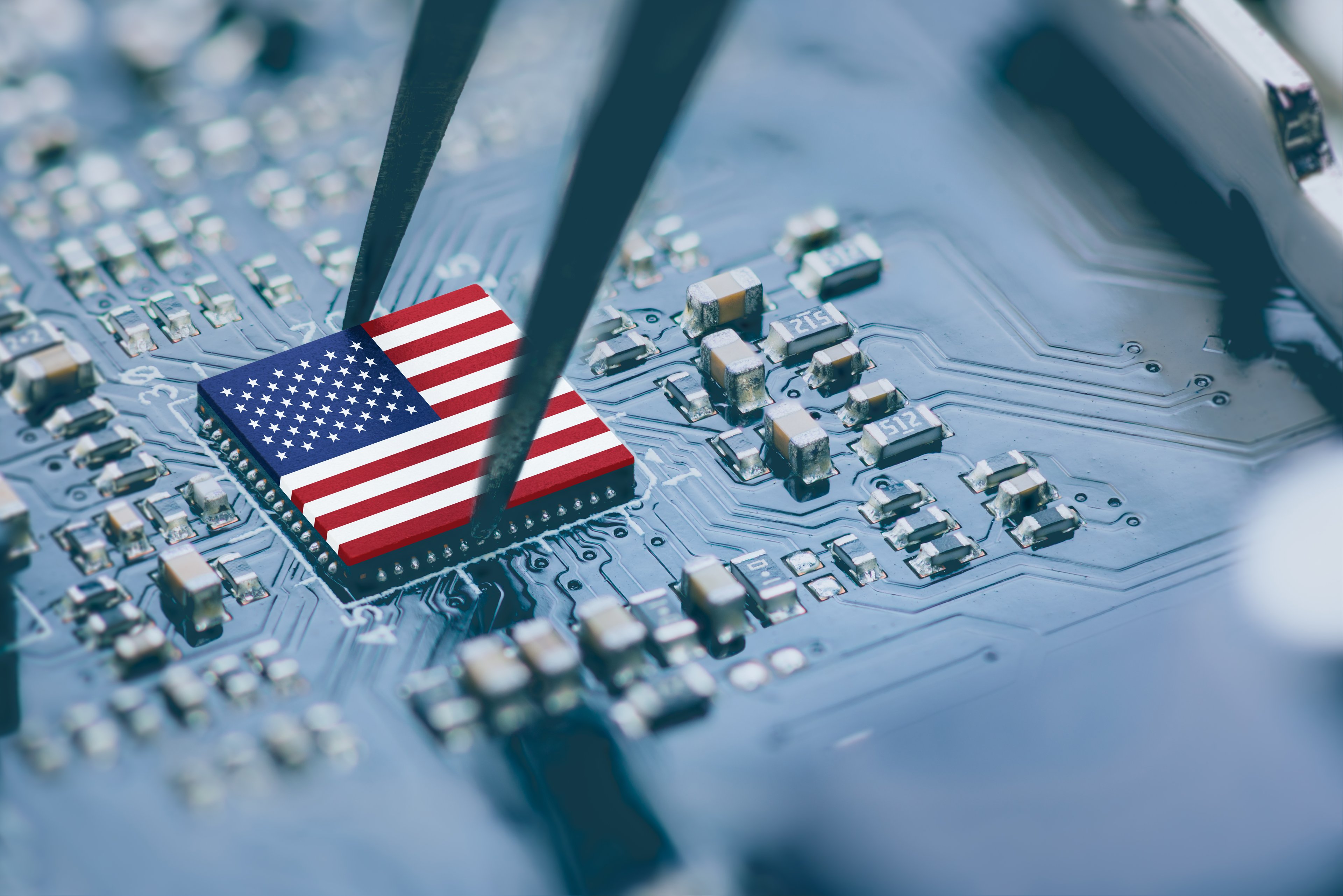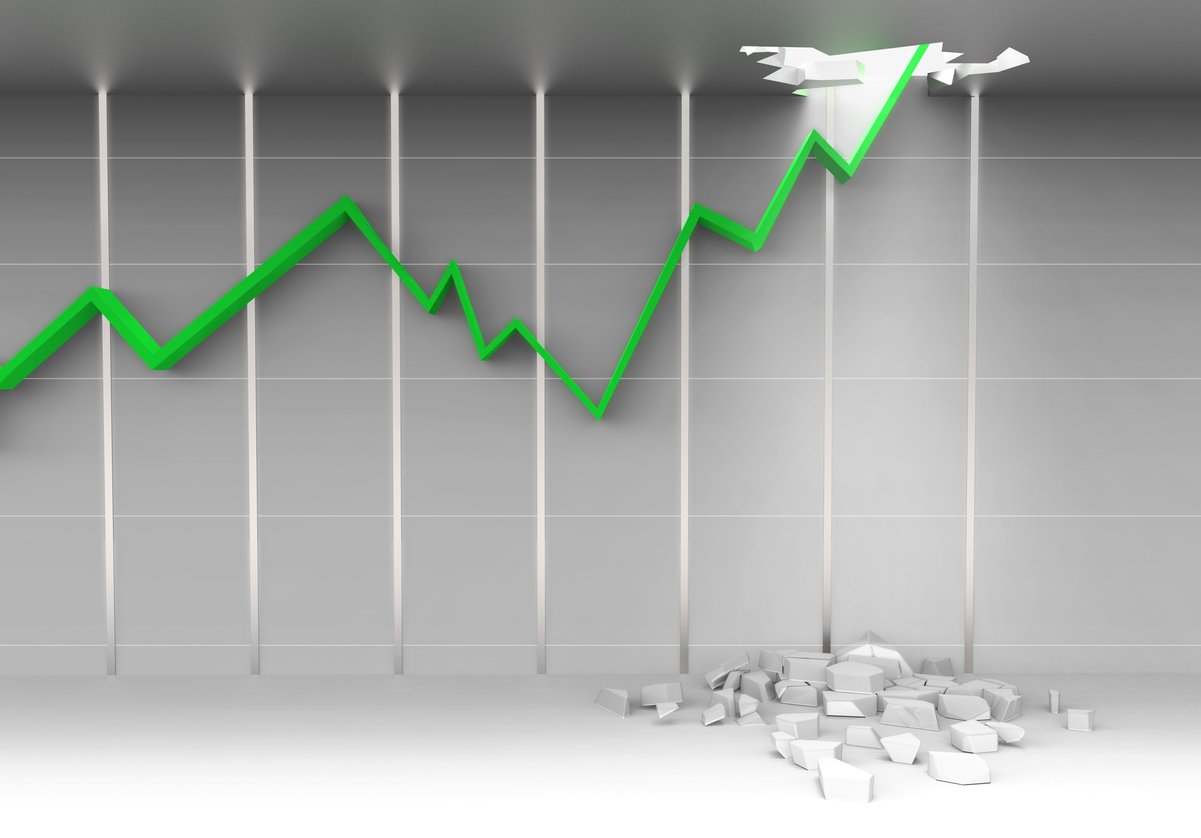On April 3, 2020, the Small Business Administration (SBA) started accepting applications for the $349 billion Paycheck Protection Program (PPP), which would run through June 30. Just two weeks later, the SBA announced that the program had reached its limits.
Technically, the SBA didn't run out of money. The SBA's role in the program is two-fold: 1) to set the rules, and equally important, 2) to guarantee the loans. The money to fund the loans will come from the 4,000+ financial institutions approved by the SBA.
When the SBA stopped accepting applications, it was because they had issued the maximum amount of guarantees, even though many borrowers are still waiting for the funds to hit their accounts.
The almost-final tally
To the credit of the SBA, they have regularly communicated about the program's progress through press conferences, interviews, tweets, and published articles. The latest report doesn't have the final numbers, but its very close.
As of April 16, the PPP had approved 1.66 million applications, for $342.3 billion out of the allocated $349 billion. The average loan size was $206,000.
The SBA estimated that there were 30.7 million small businesses in the U.S. in 2019, meaning that 5% of all small businesses received a PPP loan approval. However, not every eligible company applied, (and at least one larger business that qualified for the program, Shake Shack (SHAK +0.81%), received funding and is returning the money).
A study by the National Federation of Independent Business (NFIB) estimated that 70% of small businesses attempted to apply for a PPP loan, and 72% of those that tried successfully submitted an application. Multiplying that out means that half of small businesses (or about 15 million) successfully applied for a PPP loan.
In the NFIB scenario, the $349 billion in loans addressed 11% of the applicants. If the approved group is representative of the remaining 89% of small businesses, the program would need an additional $3 trillion to fully cover the demand.
Which businesses got the PPP funds?
Here's the funding distribution for those with approved applications or funding received:
|
Loan Size |
Approved Loans |
Approved Dollars |
% of Count |
% of Amount |
|---|---|---|---|---|
|
Under $150K |
1,229,893 |
$58.3B |
74% |
17% |
|
$150K to $350K |
224,061 |
$50.9B |
13.5% |
14.9% |
|
$350K to $1M |
140,197 |
$80.6B |
8.4% |
23.6% |
|
$1M to $2M |
41,238 |
$57.2B |
2.5% |
16.7% |
|
$2M to $5M |
21,566 |
$64.3B |
1.3% |
18.8% |
|
Above $5M |
4,412 |
$30.9B |
0.3% |
9% |
Source: SBA PPP Report 4/16/2020
By count, 74% of the approvals went to applicants requesting loans of $150,000 or less, and 4% went to applicants seeking loans of at least $1 million. From a dollar perspective, 17% of the program dollars went to applicants requesting loans under $150,000, and 45% to those seeking loans over $1 million.
Which states fared the best (and worst)?
The SBA also provided state-level PPP data. Combined with weekly unemployment claims data from the Department of Labor, it's possible to make a state-level comparison of PPP fund allocations relative to the areas experiencing the highest unemployment claims.
According to the Department of Labor, there were 20 million initial unemployment claims filed in the four weeks ending April 11 (22 million seasonally adjusted). To index the claims to the PPP funding, we compared the percentage of PPP funds awarded to a state's businesses to the state's percentage of U.S. unemployment claims. An index of 1.00 means borrowers in that state received the same ratio of PPP dollars as the percentage of unemployment claims filed. An index greater than 1.00 indicates that a state received proportionally more PPP dollars.
Here are the 10 states that received the most PPP funding relative to their unemployment claims ... and the 10 states that received the least:

Source: SBA, Department of Labor, and author's calculations. Excludes U.S. territories.
And here are the gory details of the whole list:

Source: SBA, Department of Labor, and author's calculations.
Some hope for smaller small businesses
There were some signs that future funding may reach a higher percentage of small businesses.
- JP Morgan Chase (JPM 2.24%), the largest consumer bank in the U.S., released initial numbers that reflected an average loan size of $106,000. In 2019, Thasunda Duckett, CEO of Chase Consumer Banking, announced a branch expansion plan aimed at serving more small businesses, and the early results may be a reflection of that plan.
- Bank of America (BAC 2.81%), after a difficult start, announced it would begin accepting applications to a broader group of customers and non-customers, and focusing more on small businesses.
- In the final days of the PPP availability, sole proprietors and independent contractors received the guideline allowing them to apply.
All of these, if continued, should help the funding stretch further in the next round.
How to improve the system for the next round
Congress is reportedly close to approving additional PPP funding. It's unclear what changes, if any, will be made to the program.
That said, if the government wants to incentivize a different distribution pattern, there are a few levers that could be pulled without affecting the applications already in progress:
- Allocate funding by SBA regions, and factor in unemployment claims data. First-come, first-served is a difficult process to manage, for multiple reasons.
- Revisit the origination fee structure. Banks receive PPP origination fees based on three loan size tiers: 5% for loans up to $350K, 3% for loans above $350K up to $2M, and 1% for ones above $2M. For a bank, the fee structure translated into averages of:
- $3,757 per loan for those $350K or less,
- $22,788 for those above $350K up to $2M, and
- $36,652 for those above $2 million
The fee for originating a PPP loan in the highest tier is almost 10X the lowest level. Making the fee discrepancy relatively less punitive might reduce the incentive to gravitate toward the larger loans Or, more simply, allocate the new funding by tier.
-
Make it clear that the list of businesses receiving PPP funding will be made public. That may be a disincentive for potential borrowers who apply when they have other viable funding options.
Onward to PPP 2...








